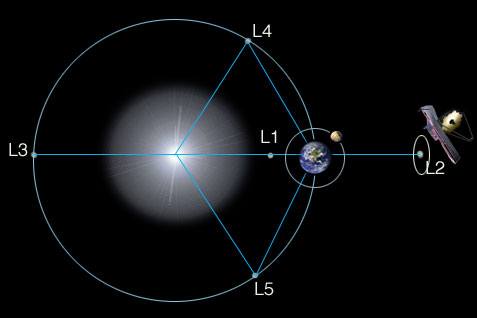From https://webbtelescope.org/resource-gallery/articles. (This is a slightly updated reprint of an article originally run Nov 2021.)

NASA’s James Webb Space Telescope (JWST), scheduled to launch on December 18, will primarily use its spectrographs – specialized instruments that capture and spread out light like a rainbow – to study exoplanets. By analyzing this data, known as spectra, researchers will be able to measure exoplanets’ compositions and chemistries. Spectra will help refine what we know about any exoplanet Webb observes, including massive gas giants, mid-sized ice giants, and smaller rocky exoplanets (some of which could be similar to Earth). In a few cases, JWST will deliver images of exoplanets to reveal more about them.
Wait, What Are Exoplanets?
Until the 1990s, we didn’t have any conclusive evidence of planets beyond our own solar system. Once the first few discoveries were made and confirmed, the field exploded. More than 30 years later, researchers have confirmed over 4,000 exoplanets and identified thousands more candidates. (Fun fact: Exoplanet is a term that is derived from the longer phrase “extrasolar planet.”)
In addition to the long lists of discoveries made in part by NASA’s Spitzer Space Telescope, NASA’s Hubble Space Telescope, and NASA’s Transiting Exoplanet Survey Satellite (TESS), researchers in this field hope to make significant strides with JWST. Researchers are especially interested in exoplanets that are located far enough from their stars to allow the presence of liquid water, which is known as the habitable zone. And although it is easier to detect larger gas giant exoplanets that are like Jupiter, we really want to know if there are other Earth-like planets out there. JWST will help us seek definitive evidence.
JWST will deliver details about exoplanets that no other telescope can.

From its position in space – and with its huge mirrors – JWST will be able to capture longer infrared wavelengths of light in high resolution for the first time. Earth’s atmosphere blocks certain types of light, including most infrared light. Although this filtration system is essential for life on Earth, it does limit what we can observe from the ground to a smaller band of near-infrared wavelengths. This is why JWST’s position in space is critical: It will be able to observe near-infrared light through the mid-infrared light, where more details about exoplanets are available for discovery.
How can JWST analyze exoplanets’ atmospheres?

Measuring a planet’s atmosphere from hundreds or thousands of light-years away is not as daunting as it may sound, though it certainly requires specialized instruments and rigorous techniques. One method is known as transmission spectroscopy. Here’s how it works: JWST will first observe the star itself to obtain its spectrum. Next, JWST will wait until the exoplanet passes in front of its star and then measure another spectrum. At this point, the exoplanet will be backlit, which means the light of the star filters through the planet’s atmosphere toward JWST. The planet’s atmosphere will absorb some of that starlight, which will appear as dips in the spectrum.
When researchers subtract the spectrum of the star from the combined spectrum of the star and the exoplanet, they are able to isolate which light was absorbed when it passed through the exoplanet’s atmosphere. Next, they will compare the light-absorption dips with extensive references that detail the light absorption of every molecule we’ve witnessed on Earth to determine which molecules are present in the exoplanet’s atmosphere.
Want to learn more about JWST? Attend Boise State Physics’ First Friday Astronomy event on Jul 7 at 7:30p when Dr. Catriona Murray of UC Boulder’s Astrophysics Dept. will discuss prospects for characterizing exoplanet atmospheres using JWST.